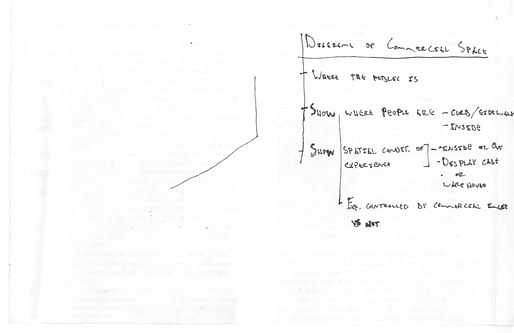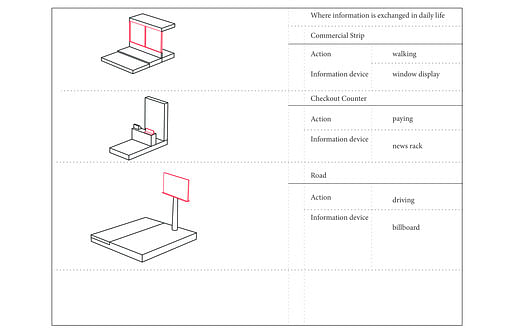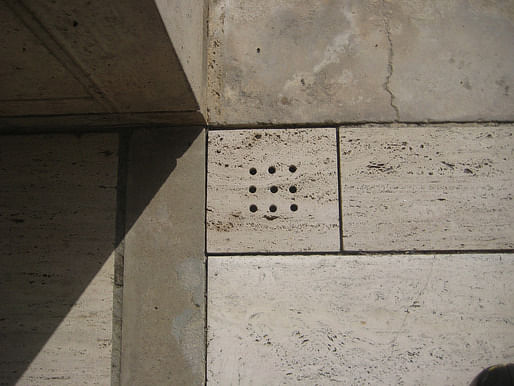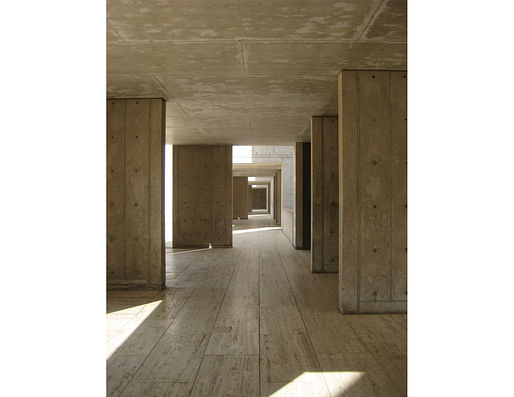
After the tepid presentation, I accepted what my professor had been telling me for three weeks --embrace the political. Embrace the direction of my inquiry. Allow myself to critique.
It became clear that I had repressed thoughts in my head because over the next few days, my writing output greatly increased. As a student, I had not developed anything resembling sleeping "habits," so when I felt charged up about all the thoughts coming to my head, I just stayed up to write them down.









From the writings above, we see the first sketches of the new direction--a combination of my original desire to bring people together and the beginning of my path towards social critique.
My scope was then moved to the Delmar Loop. There was a kind of public canopy thing that WashU-Sam Fox architecture students had made at some point in the past. To my dismay, the burger/sports bar place bought rights to it, put plastic chains around the perimeter and placed awkward wood lounge benches anywhere they could fit (for customers only, of course).
I followed the lessons I learned from Derek when he taught the NOLA studio: If I want to understand something, I should draw it. So I did.

The diagrammatic plan and section were intended to show gaps in the street where I could insert my project and possibly continue something resembling my previous idea about "two building communicating across a void." [Even though my site moved from Delmar to Downtown, I was still able to use the digital model I made of it for another diagram series I developed.]
I then proceeded to make a couple diagrams to resituate the direction of my research.

The diagrams show my views on how people receive information without any personal effort. Simply by moving through the daily processes of life, people will pick up something about the world outside of themselves from storefronts, billboards, and checkout counters. Even now after the completion of the book, it remains without a direct tie-in to anything else presented. However, looking at it now I feel it touches on the central position advertisements and retail environments play in our lives. With a deflated vitality in our public spaces, corporate sales campaigns act as our casual conversation. Instead of meeting and learning from others, we meet and learn from ads.
I also restated my premise and began exploring the difference between the Occupy protests in NYC vs STL.


It felt good to have an idea I was passionate about again. From the switch point, though the research development still wasn't easy, I felt a lot more energetic in my production of work and immensely curious about where the work was leading me. Pretty much the best combination of feelings a student could have. A lot better at least than the pain, frustration, hopelessness, and disinterest I felt when going through the park exploration period.
Aside from the influential books I had already mentioned, I also had a change of heart about temporary invasions into public space after the site visit my studio took to the Salk Institute by Louis Khan.








I mean, how silly any temporary space making appears in comparison to such a confident expression of an architectural idea. The visit will probably stay in my head for as long as I am still able to keep memories with me. It was like meeting an inviting person with a warm smile and a good heart. I felt completely comfortable simply being myself.
I will chronicle my design research and degree project, providing commentary on my thought process at the time. From there, I will transform the body of work into a book which seeks to place into dialogue the two (currently) separated semesters of work.
No Comments
Block this user
Are you sure you want to block this user and hide all related comments throughout the site?
Archinect
This is your first comment on Archinect. Your comment will be visible once approved.